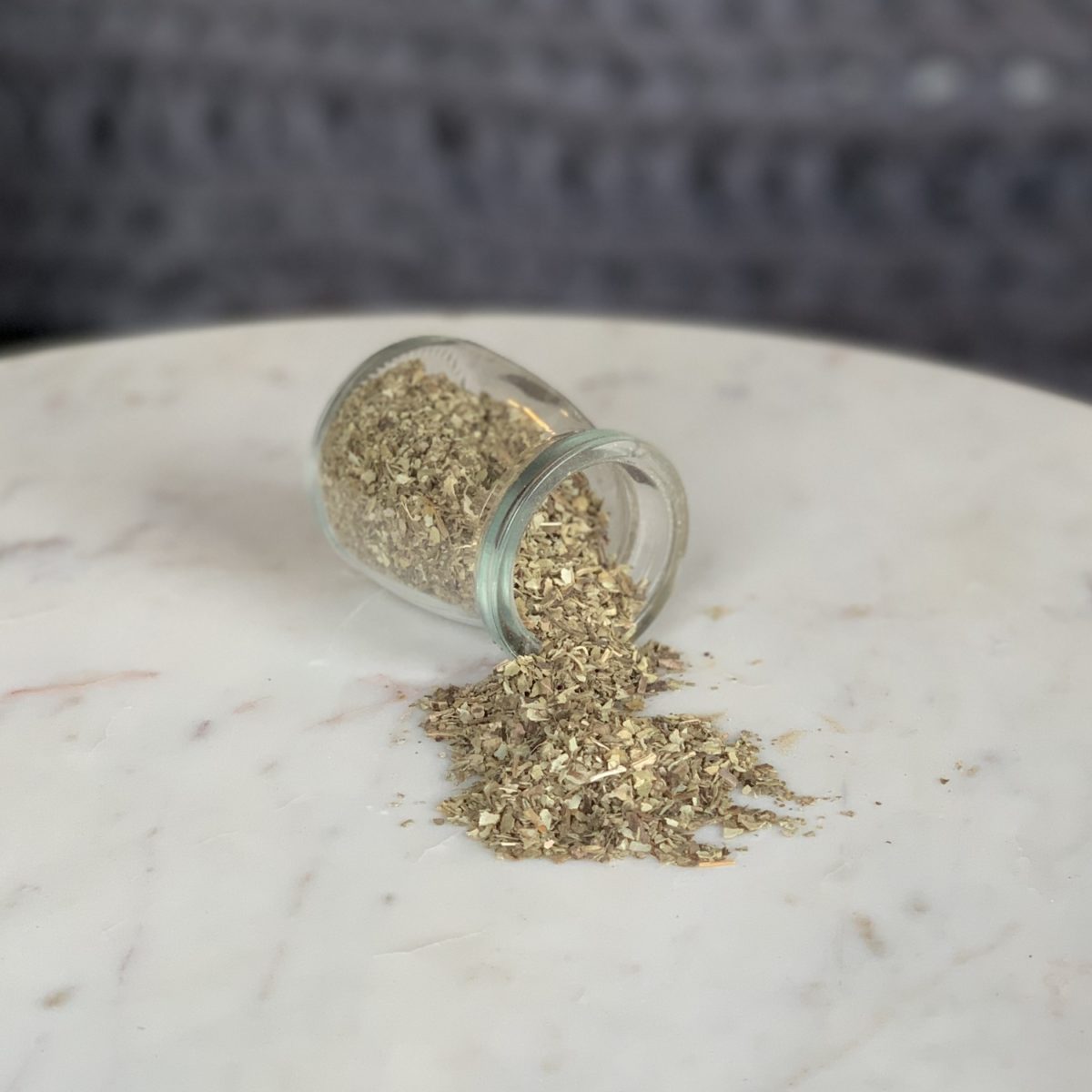
COMMON NAME (Chinese Name)
Coltsfoot (Kuan Dong Hua)
BOTANICAL NAME
Tussilago Farfara
USES
Coltsfoot tends to have a soothing, anti-inflammatory effect on the lower respiratory tract. Studies have shown the different compounds in coltsfoot teas directly relieve cough as well as measurably reducing airway irritation and decreasing sputum production. As a result, coltsfoot flower bud and leaf teas show promise for use as cough-suppressant and expectorant therapies.
Coltsfoot flower bud teas, specifically, have a potent and measurable effect on coughing, as their use often decreases the frequency of coughing episodes and increases the delay between the moment of throat irritation and the onset of coughing episodes. That makes coltsfoot flower-bud teas a potentially useful treatment for dry, non-productive coughs. Some research has found that some compounds present in coltsfoot flower bud teas are not present in coltsfoot leaf teas. However, there isn’t enough research about the effects of those differences to say whether they should have different specific uses.
Coltsfoot flowers are categorized in Chinese medicine as an herb that resolves phlegm and stops coughing and wheezing. It is classified as pungent and warm and especially affects the lungs.
PREPARATION & ADMINISTRATION
The leaves of coltsfoot plants are used in traditional and herbal medicinal applications across much of Europe, though applications in TCM exclusively use the flower buds. Common supplements derived from coltsfoot plants include not only the whole, dried leaf/flower buds, but also crushed and powdered supplements (for decoction), and pre-decocted teas.
PRECAUTIONS
The chemical compounds in coltsfoot oils, extracts, and teas vary widely depending on the region-of-origin of the plants used, making the effects of different supplements inconsistent. Coltsfoot is a common name for two species and its derivatives may contain unsaturated pyrrolizidine alkaloids (PAs) in various concentrations, with flower bud teas containing these potentially harmful chemicals in the lowest possible doses. Nevertheless, when taken in large doses or for long periods of time, some coltsfoot supplements can be hepatotoxic (cause liver damage) and increase users’ risk of developing certain kinds of cancer, while also increasing the skin’s sensitivity to sunlight.
Consequently, you should only take the minimum dose and should not consider coltsfoot for regular supplementation. Additionally, compound herbal supplements containing coltsfoot can (but are not required to) seek independent certification as hepatotoxic PA-free; you should not take supplements containing coltsfoot if they are not certified and labeled as such. People who have liver disease should never take coltsfoot supplements. People who are pregnant or breastfeeding should never take coltsfoot supplements, and it should never be given to infants or children. People who have ragweed allergies are at an increased risk of an allergic reaction to coltsfoot supplements, as they’re a part of the same plant family.
You should consult with a certified herbalist, physician or other qualified healthcare professional before taking coltsfoot.
REFERENCES
CHANAJ-KACZMAREK, et al. “Phenolics in the Tussilago Farfara Leaves.” Poznań University of Medical Sciences – Department of Pharmacognosy, vol. 59, no. 1, 2013.
Chen, John, Chen, T & Cramton, L. Chinese Medical Herbology and Pharmacology Art of Medicine Press, Inc. City of Industry, CA USA. 2003. 1327 pp ISBN: 0-9740635-0-9 , http://aompress.com/herbology
“Herbal Approaches to System Dysfunctions.” Principles and Practice of Phytotherapy (Second Edition), Churchill Livingstone, 14 Feb. 2013,
Li, Zhen-Yu, et al. “Metabolomic Profiling of the Antitussive and Expectorant Plant Tussilago Farfara L. by Nuclear Magnetic Resonance Spectroscopy and Multivariate Data Analysis.” Journal of Pharmaceutical and Biomedical Analysis, vol. 75, 2013, pp. 158–164., doi:10.1016/j.jpba.2012.11.023.
Li, Zhen-Yu, et al. “Metabolomic Profiling of the Flower Bud and Rachis of Tussilago Farfara with Antitussive and Expectorant Effects on Mice.” Journal of Ethnopharmacology, vol. 140, no. 1, 2012, pp. 83–90., doi:10.1016/j.jep.2011.12.027.
Upton, Roy, and Aviva Romm. “Guidelines for Herbal Medicine Use.” Botanical Medicine for Women’s Health, Churchill Livingstone, 4 Dec. 2009, https://www.sciencedirect.com/science/article/pii/B9780443072772000040.
“Volatile Oils of Flowers and Stems of Tussilago Farfara L. from Lithuania.” Taylor & Francis,
Wu, Qi-Zhen, et al. “Antitussive, Expectorant, and Anti-Inflammatory Activities of Four Caffeoylquinic Acids Isolated FromTussilago Farfara.” Pharmaceutical Biology, vol. 54, no. 7, June 2015, pp. 1117–1124., doi:10.3109/13880209.2015.1075048.
